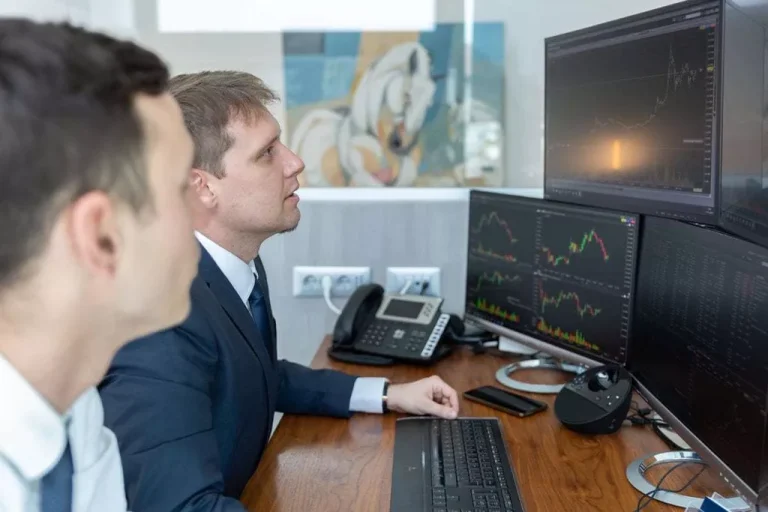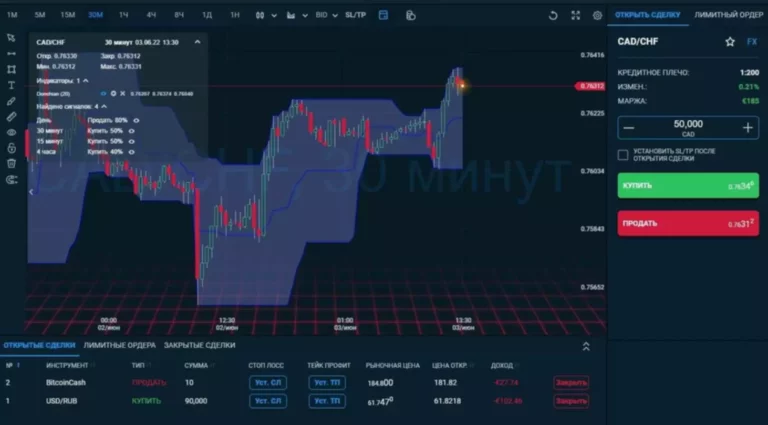AMMs set the costs of digital belongings and supply liquidity in the form of liquidity pools. In the crypto space, the most important market makers are conventional exchanges (CEXs). A traditional market maker is a person or an institution that provides liquidity to a market by putting each buy and sell orders on a trading platform using an order guide. This market-making permits other market participants to freely purchase and promote securities/digital belongings at fair prices. In Vitalik Buterin’s authentic post calling for automated or on-chain money markets, he emphasized that AMMs shouldn’t be the one obtainable option for decentralized trading. Instead, there wanted to be many ways to trade tokens, since non-AMM exchanges had been vital to keeping AMM costs correct.
Since there is not any order book, the good contract is programmed with a selected formula that determines the value for an asset based mostly on buying and selling activities within the pool. Traders commerce with the good contract as opposed to another dealer immediately. Liquidity providers take on the danger of impermanent loss, a potential loss that they could incur if the worth of the underlying token pair drastically modifications in both course. If the loss is greater than the achieve obtained by way of collecting buying and selling charges, the liquidity supplier would have been higher off simply HODLing the tokens. DEXs depend on a special type of system called automated market makers (AMMs) to facilitate trades in the absence of counterparties or intermediaries.

Much of the focus of this section, then, is to outline how Uniswap-v2 creates the potential of three-point arbitrage that’s absent in v1. The newest new factor in the blockchain area is decentralized finance (DeFi) which, broadly, refers to financial digital purposes built on decentralized blockchain networks. Both categories use non-custodial good contracts, and a deterministic pricing rule is implemented between two or more swimming pools of tokens. A DeFi App can implement one sort of AMM model or a mixture of several AMM fashions.
What Are Automated Market Makers (amm)?
5 years of expertise in crypto analysis of writing practical blockchain and crypto analysis on Medium. For instance, when a person desires to swap token A for token B, the first step is to alter token A into the intermediary token T, then swap token T for token B. The drawback of this model https://www.xcritical.in/ is that it doesn’t present infinite liquidity. Today, you’ll be able to “farm for yield” — maximize profits — by transferring LP tokens out and in of various DeFi apps. Some of the well-known AMMs embody Uniswap, SushiSwap, PancakeSwap, and Balancer.
Joining a liquidity pool is accessible to anybody with a self-custody pockets and appropriate tokens. Participants are incentivized to contribute their tokens to these swimming pools by receiving a portion of the trading charges generated, proportional to their contribution. AMMs enable buying and selling of a variety of crypto property that will not be available on conventional exchanges. These platforms support varied tokens, including newly launched or much less well-liked ones. AMMs function on decentralized exchanges, which do not depend on intermediaries or central authorities to execute trades.
Liquidity Swimming Pools And Liquidity Providers
With an order guide mannequin, the market individuals must manually set costs and create orders to buy and sell. Additionally, an AMM sometimes presents much lower charges and better liquidity than an order book model. An automated market maker (AMM) is a system that gives liquidity to the trade it operates in via automated buying and selling. Automated market makers (AMMs) are a critical a half of decentralized finance as it continues to tackle centralized finance. As AMMs evolve, DeFi becomes a greater and more dependable house for merchants and establishments alike to participate. The supply-demand ratio of a cryptocurrency token pair determines their trade rates.

Impermanent loss is a critical facet within the facility of liquidity for AMMs. It happens when the price ratio of the tokens you could have deposited in a liquidity pool modifications after you might have deposited the tokens in the pool. In cases the place the price ratio of the belongings adjustments after the liquidity supplier deposits them in a pool, we now have a phenomenon often known as impermanent loss.
What Are Automated Market Makers?
Users provide liquidity swimming pools with tokens and the value of the tokens in the pool is determined by a mathematical method. By tweaking the formula, liquidity swimming pools can be optimized for different functions. Using a dynamic automated market maker (DAMM) model, Sigmadex leverages Chainlink Price Feeds and implied volatility to help dynamically distribute liquidity alongside the price curve.
Therefore, by adding UNI tokens users improve one facet of the pool and decrease the other (removing ETH). An straightforward method to understand AMM-based exchanges is to consider how they differ from traditional exchanges. Cryptocurrency has obviously been one of many formidable technological interventions in latest times, with a specific focus on decentralization. It has introduced the likelihood for executing monetary transactions between two events with none intermediaries for exchanging belongings in a trustless approach.
However, whereas DeFi has caused many innovations and opportunities, it also faces challenges, corresponding to low liquidity and excessive price negotiation costs as a outcome of the use of sensible contracts. One of some nice advantages of a CSMM is that there is no price slippage, which is an issue with a CPMM/CMMM. However, the disadvantage of a CSMM is the potential for a nook equilibrium when token prices are unstable, which can’t happen in a CPMM/CMMM.
Liquidity suppliers can earn a certain share of fees from the trades occurring of their pool for providing liquidity within the automated market maker algorithm. As a matter of truth, liquidity suppliers are some of the necessary elements in answers to “How do automated market makers work? A liquidity pool in an AMM is a great contract with a certain set of tokens that the smart contract can maintain balances of, as specified by its code.
Additionally, Curve makes use of a liquidity aggregator model, allowing users to contribute their assets to various swimming pools and earn rewards from transaction charges. AMMs democratize buying and selling by allowing anyone with tokens to turn out to be a liquidity provider. Traditional markets usually have excessive barriers to entry, limiting participation to well-established businesses and financial establishments. However, with AMMs, people can contribute their tokens to liquidity swimming pools and earn fees, offering them with an opportunity to take part available in the market and generate passive income.

Uniswap runs on the Ethereum community and ETH (\(X\)) is the native settlement token. However, there are a selection of ERC-20 tokens that could be traded on the community, and one can swap between any two ERC-20 tokens \(Y\) and \(Z\) on Uniswap. How exactly this change is facilitated varies between v1 and v2 of Uniswap.
An Amm With ‘concentrated Liquidity’: Uniswap-v3
The exact mechanics differ from change to exchange, however typically, AMMs offer deep liquidity, low transaction fees, and one hundred pc uptime for as many users as attainable. The method showcases the degree of change in the ratio between tokens in a liquidity pool after a selected transaction. In the event of a large margin of change in the ratio, you have to fear about unreasonably excessive ranges of slippage.
For instance, a mixture of CPMM and CSMM ensures infinite liquidity while reducing price slippage risks. The means of incomes rewards by providing liquidity can also be called liquidity mining or yield farming. Synthetix is a protocol for the issuance of artificial assets that tracks and supplies returns for an additional asset without requiring you to carry that asset.
- Prior to the appearance of Automated Market Makers (AMMs), attaining liquidity was a big challenge for decentralized exchanges (DEXs) on the Ethereum platform.
- Balancer is one other prime addition amongst AMM crypto exchanges with distinctive similarities to Uniswap.
- Underpinning AMMs are liquidity swimming pools, a crowdsourced assortment of crypto property that the AMM makes use of to commerce with people shopping for or selling one of these belongings.
- Now, let us view the ETH-UNI commerce from the perspective of our new formula.
Automated market makers are a class of algorithms utilized in decentralized exchanges (DEXs) to supply liquidity and determine asset prices. Unlike traditional crypto or inventory exchanges that depend on order books, AMMs function via liquidity pools and mathematical formulation. Automated market makers (AMMs) are a kind of decentralized trade (DEX) that use algorithmic “money robots” to make it simple for particular person traders to buy and promote crypto assets. Instead of trading directly with different people as with a conventional order book, users commerce directly by way of the AMM. The transactions in automated market makers don’t imply the necessity for any counterparties as required in standard transactions.


